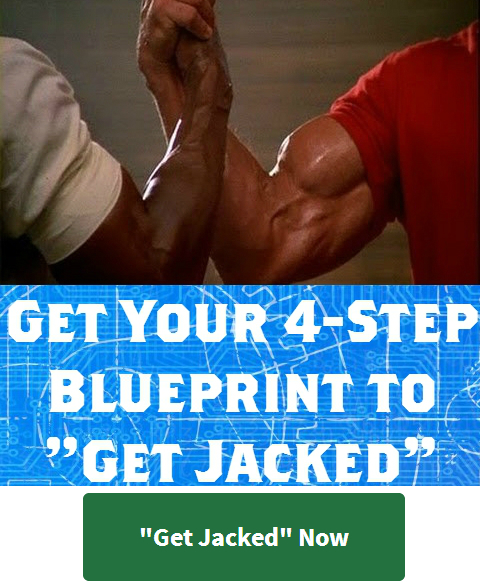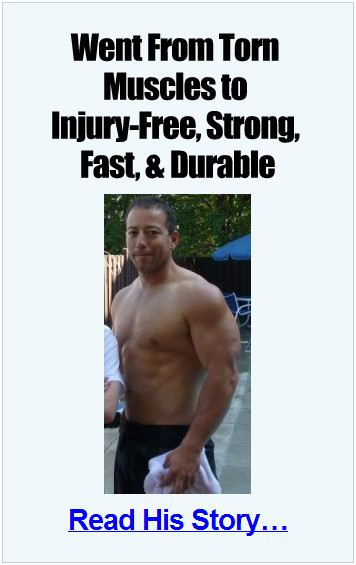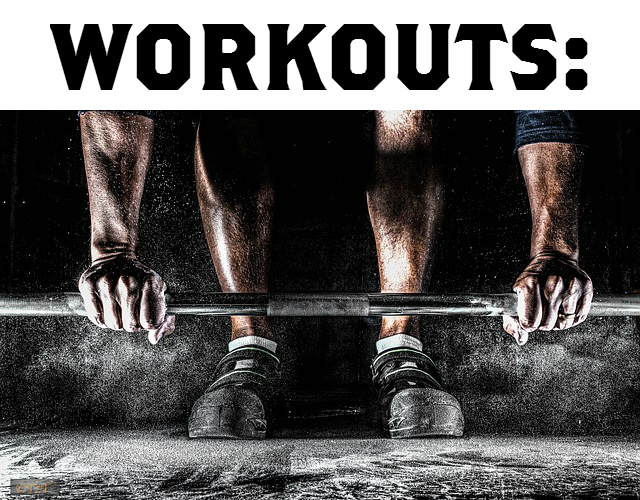 Get Your 4-Step Blueprint to "Get Jacked" Fast
Get Your 4-Step Blueprint to "Get Jacked" Fast

"It's All In the Wrist" (Safeguarding Against Carpal Tunnel)
"Do your wrists, hands, or forearms hurt? Be sure to use these two tips to make sure it's not carpal tunnel syndrome."
 Curated By: Matt "Wiggy" Wiggins
Curated By: Matt "Wiggy" Wiggins
“Resident BAMF” & “Lead Badass” at WCFnation.com
Creator: #GetJacked Project
I first experience carpal tunnel syndrome when I was in high school.
I was working out a LOT (think 3x/day, 5+ days/week). Lifting heavy weights to get stronger & build lean muscle, running, and more.
One day I'm sitting in English class when I start to feel a sharp pain in my left forearm, followed up by the oddest sensation that I just didn't know how to explain.
I look down at my left hand, and my fingers are starting to curl up by themselves. First my pinky, then my ring finger, and then onto my middle finger. Going relatively straight to fairly curled as if I was making a loose fist.
Only I wasn't actively doing it. I was just sitting there with my jaw hanging open, watching it happen as if someone else was doing it to me.
I would later realize I was starting to experience some mild carpal tunnel & had to take measures to fix it.
I've since experienced mild carpal tunnel from time to time (usually due to too much fatigue), but I've always been very careful to not let it get out of hand, as surgery was nothing I ever wanted to even come close to having to dealing with.
A recent article at Muscle & Fitness briefly discussed carpal tunnel, as well as a couple basic steps to prevent it.
"Carpal Bummer: Guard Your Wrists From Pain"
If you regularly work with your hands, especially performing repetitive work, it is highly likely that you have heard of carpal tunnel syndrome (CTS). CTS results from compression of the median nerve as it crosses your wrist through a tunnel created by your wrist bones and the ligaments that connect them together.
Gym rats may be at increased risk for CTS from overtraining with pulling and pushing movements. Excessive wrist flexion in pulling movements or pushing too much from the base of the palm (closer to the wrist) can lead to nerve irritation. Use of extraordinarily tight wrist wraps or lifting straps can also lead to carpal tunnel compression and subsequent CTS. Forceful flexion of the wrists during lifting movements can cause shooting pains or “zings” from compression of the nerve, hinting toward improper form.
Once the condition is diagnosed you must be vigilant to get the nerve damage under control. If not, CTS can require surgery.
Stop the Syndrome
1. Adjust Your Grip
Wrist flexion when pulling heavy or pushing too much or too fast from the base of your palm can lead to carpal tunnel syndrome.
2. Stay Neutral
Focus on holding the wrist in a more neutral manner and avoid cheating with heavy weight. Laying off the weights when you feel that zing or using a night splint can help limit symptoms. Most people sleep with their wrists flexed, which causes more nerve compression.
(Content found / originally published at Muscle & Fitness; featured image from Columbus Weightlifting)





